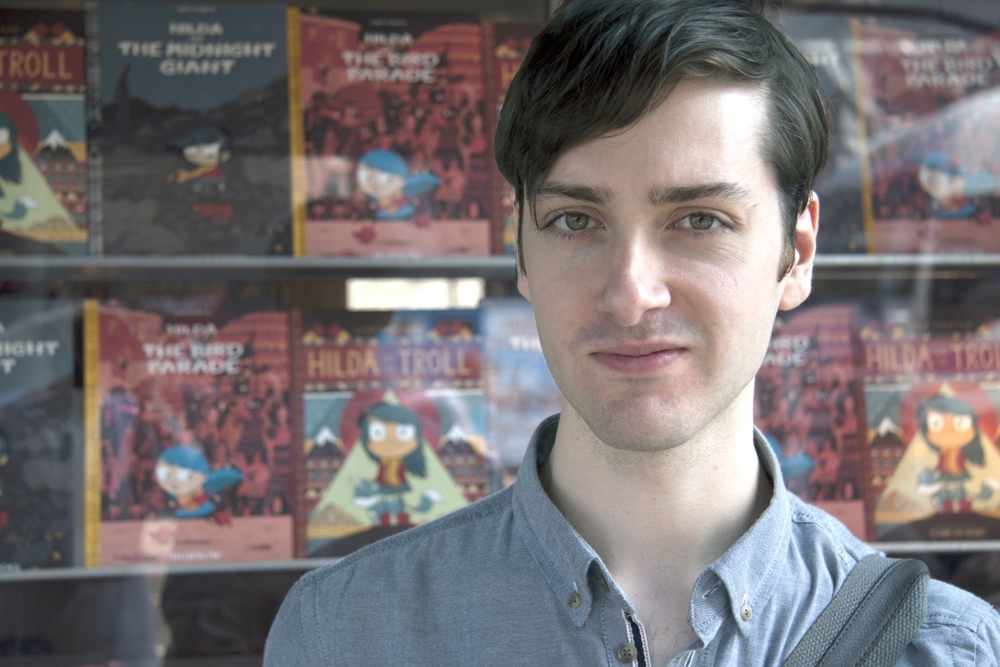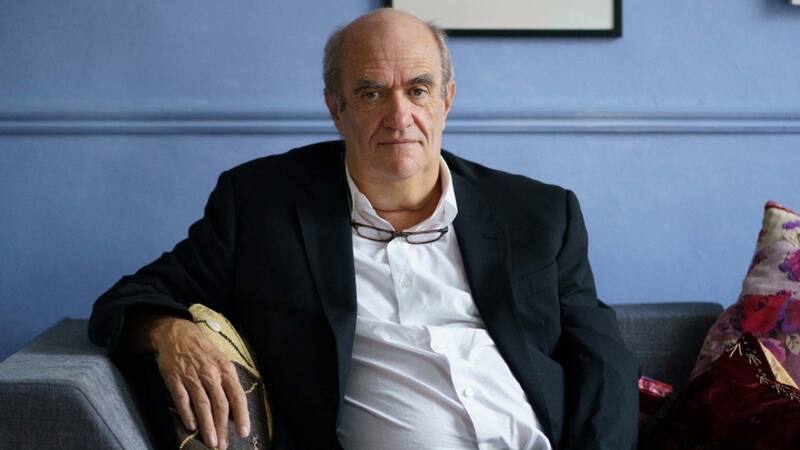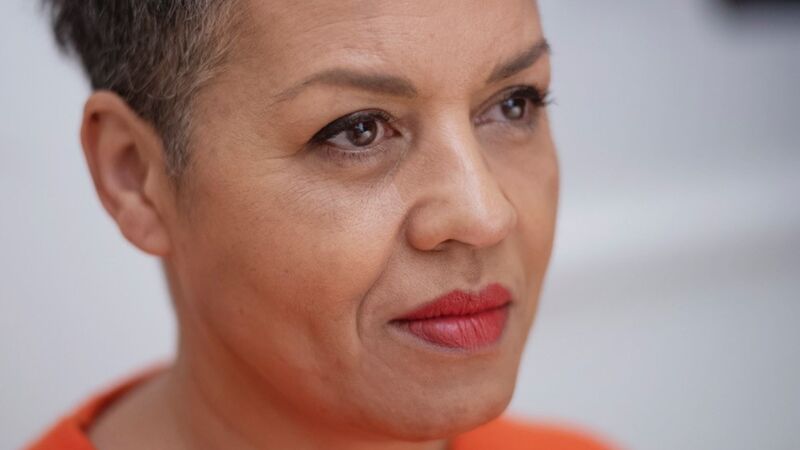You are viewing your 1 free article this month. Login to read more articles.
Nobrow lines up three further Hilda adventures as Netflix adaptation enters second series
Nobrow will next month release three further Hilda books to tie in with the release of the second TV series starring the character on Netflix.
The books—Hilda and the White Wolf, Hilda and the Time Worm and Hilda and the Ghost Ship (all paperback, £6.99)—were written by Stephen Davies, who worked with the original Hilda creator Luke Pearson (pictured below). The illustrations were done by either Sapo Lendário or Victoria Evans.

Any project connected with Netflix is shrouded in mystery, but Nobrow c.e.o. Sam Arthur said each new title is a “typical Hilda adventure” featuring Hilda’s mum and her friends David and Frieda alongside the main protagonist.
In Hilda and the White Wolf, Hilda has to rescue her mum before she is eaten by a troll, and in Hilda and the Ghost Ship she investigates why ships are disappearing from the harbour. Hilda and the Time Worm shows her “cooking up adventure with the Sparrow Scouts and battling mechanical bell-ringers”. The books tie in with the upcoming Netflix stories but can be read as individual adventures, said Arthur.
Nobrow discovered Hilda creator Luke Pearson 11 years ago when he was doing a BA in illustration at Loughborough University. Arthur and his team helped Pearson develop his idea of an adventurous girl with blue hair, and the first book came out in 2010.
“We launched [the first book] with Nobrow because we didn’t have our children’s imprint then. When we launched Flying Eye a few years later we went hell for leather, aiming the series at our children’s audience. But what we have found is that actually lots of families have loved them,” said Arthur. “They are something that multiple generations can enjoy.”
Six graphic novels and three fiction tie-ins have been released so far. The first series of the TV show, made by Silvergate Media, launched on Netflix in 2018.
The books have sold 25,180 copies through Nielsen BookScan UK for £211,217, and rights deals have been done in 15 countries.
“The extra coverage that a TV show gets for your books is a great opportunity,” said Arthur. “We can produce more books and sell more books because more people know the character. We started with a comic book that was perhaps seen as niche, and now it is mainstream.”















